

- RFQ
- BOM
-
Contact Us
Tel: +86-0755-83501315
Email: sales@sic-components.com
- Chinese
- English
- French
- German
- Portuguese
- Spanish
- Russian
- Japanese
- Korean
- Arabic
- Irish
- Greek
- Turkish
- Italian
- Danish
- Romanian
- Indonesian
- Czech
- Afrikaans
- Swedish
- Polish
- Basque
- Catalan
- Esperanto
- Hindi
- Lao
- Albanian
- Amharic
- Armenian
- Azerbaijani
- Belarusian
- Bengali
- Bosnian
- Bulgarian
- Cebuano
- Chichewa
- Corsican
- Croatian
- Dutch
- Estonian
- Filipino
- Finnish
- Frisian
- Galician
- Georgian
- Gujarati
- Haitian
- Hausa
- Hawaiian
- Hebrew
- Hmong
- Hungarian
- Icelandic
- Igbo
- Javanese
- Kannada
- Kazakh
- Khmer
- Kurdish
- Kyrgyz
- Latin
- Latvian
- Lithuanian
- Luxembou..
- Macedonian
- Malagasy
- Malay
- Malayalam
- Maltese
- Maori
- Marathi
- Mongolian
- Burmese
- Nepali
- Norwegian
- Pashto
- Persian
- Punjabi
- Serbian
- Sesotho
- Sinhala
- Slovak
- Slovenian
- Somali
- Samoan
- Scots Gaelic
- Shona
- Sindhi
- Sundanese
- Swahili
- Tajik
- Tamil
- Telugu
- Thai
- Ukrainian
- Urdu
- Uzbek
- Vietnamese
- Welsh
- Xhosa
- Yiddish
- Yoruba
- Zulu
- Kinyarwanda
- Tatar
- Oriya
- Turkmen
- Uyghur
Battery Management ICs: Guardians of Efficient and Safe Battery Operation
1. Introduction
In an era dominated by portable electronics, electric vehicles (EVs), and energy storage systems (ESS), the role of batteries as a reliable power source has become indispensable. However, batteries, especially rechargeable ones like lithium - ion batteries, require careful management to ensure optimal performance, longevity, and safety. This is where Battery Management Integrated Circuits (ICs) step in. Battery management ICs are specialized semiconductor devices that play a pivotal role in monitoring, controlling, and protecting batteries in a wide range of applications.
2. Key Functions of Battery Management ICs
2.1 Battery Monitoring
Voltage Monitoring
One of the fundamental tasks of a battery management IC is to continuously monitor the voltage of the battery cells. Precise voltage measurement is crucial as it provides valuable information about the state of charge (SoC) of the battery. For example, in a lithium - ion battery, the voltage typically ranges from around 2.5V to 4.2V per cell in a fully discharged to fully charged state. By accurately measuring the cell voltage, the battery management IC can estimate the SoC with a high degree of accuracy. In applications such as electric vehicles, where the range depends on the available battery charge, a precise SoC estimate is essential for the driver to plan their journey.
Current Monitoring
Monitoring the current flowing in and out of the battery is equally important. The battery management IC measures the charge and discharge currents to calculate the amount of charge transferred over time. This information is used in combination with voltage data for accurate SoC estimation. For instance, in a fast - charging scenario, the battery management IC needs to keep track of the high charging currents to ensure that the battery is charged within safe limits. Excessive charging current can lead to overheating, reduced battery life, and even safety hazards.
Temperature Monitoring
Battery performance is highly sensitive to temperature. Extreme temperatures, both high and low, can degrade the battery's capacity and lifespan. The battery management IC is equipped with temperature sensors to monitor the battery's temperature. In cold conditions, the battery's internal resistance increases, reducing its performance. In hot environments, the battery may experience accelerated chemical reactions, leading to overheating and potential damage. The battery management IC uses the temperature data to implement appropriate measures, such as adjusting the charging or discharging rate to maintain the battery within a safe temperature range.
2.2 Charge Control
Charging Algorithms
Battery management ICs support various charging algorithms depending on the battery chemistry. For lithium - ion batteries, the most common charging algorithm is the constant - current - constant - voltage (CC - CV) method. Initially, during the constant - current phase, a fixed charging current is applied to the battery until the cell voltage reaches the specified charging voltage limit. Then, in the constant - voltage phase, the voltage is maintained at the limit while the charging current gradually decreases until the battery is fully charged. Some advanced battery management ICs also support pulse charging, which can potentially improve charging efficiency and battery lifespan.
Charging Voltage and Current Limiting
To prevent overcharging, which can cause irreversible damage to the battery, the battery management IC strictly controls the charging voltage and current. It ensures that the charging voltage does not exceed the maximum allowable value for the battery cells. Similarly, the charging current is limited to a safe level, taking into account the battery's capacity and the charging infrastructure capabilities. In applications where multiple batteries are connected in parallel or series, the battery management IC coordinates the charging process to ensure balanced charging of all cells.
2.3 Discharge Control
Over - Discharge Protection
Over - discharging a battery can significantly reduce its lifespan and, in some cases, render it unusable. Battery management ICs are designed to detect when the battery voltage drops below a certain threshold, indicating an over - discharge condition. When this happens, the IC can cut off the discharge path, protecting the battery from further damage. For example, in a smartphone, if the battery voltage drops too low, the battery management IC will automatically power off the device to prevent over - discharge of the lithium - ion battery.
Load Current Regulation
The battery management IC also regulates the load current during discharge. It ensures that the current drawn by the connected devices does not exceed the battery's rated discharge current. This is important to prevent excessive voltage drops across the battery's internal resistance, which can lead to a decrease in the available voltage for the load and potentially damage the battery due to overheating caused by high currents.
2.4 Safety Features
Overvoltage Protection
In case of a malfunction in the charging circuit or a sudden voltage spike, the battery management IC's overvoltage protection mechanism kicks in. It detects when the battery voltage exceeds the safe limit and takes immediate action, such as disconnecting the charging source or diverting the excess voltage to a safe path. This protects the battery cells from over - voltage stress, which can cause internal short - circuits and thermal runaway in extreme cases.
Overcurrent Protection
Excessive current flow through the battery can be extremely dangerous, leading to rapid heating and potential fire hazards. The battery management IC continuously monitors the current and, if it detects an overcurrent condition, it can activate a protection circuit. This may involve triggering a fuse or using a power MOSFET to quickly disconnect the battery from the circuit, preventing damage to the battery and ensuring the safety of the overall system.
Over - Temperature Protection
As mentioned earlier, high temperatures can be detrimental to battery performance and safety. The battery management IC's over - temperature protection function monitors the battery's temperature. If the temperature rises above a pre - set threshold, the IC can initiate several actions. It may reduce the charging or discharging current to decrease the heat generation, activate a cooling fan if available, or completely disconnect the battery from the circuit in case of a critical over - temperature event.
2.5 Cell Balancing
Importance in Multi - Cell Battery Packs
In multi - cell battery packs, which are commonly used in applications like electric vehicles and large - scale energy storage systems, individual cells may have slightly different characteristics. Over time, these differences can cause some cells to charge or discharge at different rates, leading to an imbalance. This imbalance can reduce the overall capacity of the battery pack and shorten its lifespan. Cell balancing is the process of equalizing the state of charge of individual cells in a battery pack.
Passive and Active Cell Balancing
Battery management ICs can implement either passive or active cell balancing techniques. Passive cell balancing involves using resistors to dissipate excess energy from overcharged cells. When a cell's voltage exceeds a certain level, the battery management IC activates a resistor connected to that cell, which bleeds off the excess charge until the cell's voltage matches that of the other cells. Active cell balancing, on the other hand, is a more complex and efficient method. It involves transferring energy from high - charge cells to low - charge cells using inductors, capacitors, or DC - DC converters. Active cell balancing can be much faster and more effective in equalizing the cell voltages, especially in large battery packs with a high number of cells.
2.6 Communication Interface
Connectivity with the Host System
Battery management ICs are often equipped with communication interfaces such as I²C (Inter - Integrated Circuit), SPI (Serial Peripheral Interface), or SMBus (System Management Bus). These interfaces enable the battery management IC to communicate with the host device's microcontroller or other system components. Through this communication, the battery management IC can send real - time data about the battery's status, including voltage, current, temperature, SoC, and any detected faults. The host system can then use this information to make informed decisions, such as adjusting the device's power consumption or initiating a charging or discharging process.
Data Transmission and Control
The communication interface also allows the host system to send control commands to the battery management IC. For example, the host can request the battery management IC to start or stop charging, change the charging current or voltage, or perform a cell balancing operation. In a smart grid energy storage system, the battery management IC can communicate with the grid control system to optimize the charging and discharging of the battery based on the grid's demand and the availability of renewable energy sources.
3. Types of Battery Management ICs
3.1 Charger ICs
Function and Operation
Charger ICs are responsible for controlling the charging process of the battery. They interface with the power source, such as a USB port, an AC adapter, or a solar panel, and regulate the voltage and current supplied to the battery. Charger ICs can support different input voltage levels and charging protocols. For example, in modern smartphones, charger ICs support fast - charging protocols like USB Power Delivery (PD), Qualcomm Quick Charge (QC), or MediaTek Pump Express (PE). These protocols allow for higher charging voltages and currents, reducing the charging time significantly.
Integration and Features
Some charger ICs are highly integrated, incorporating features such as power path management. Power path management enables the device to operate directly from the power source while simultaneously charging the battery. This is useful in applications where continuous operation is required, such as in a laptop that can be used while it is being charged. Additionally, charger ICs may include features like over - voltage protection, over - current protection, and thermal protection to ensure safe and efficient charging.
3.2 Gauge ICs
State - of - Charge and State - of - Health Estimation
Gauge ICs are designed to accurately estimate the state of charge (SoC) and state of health (SoH) of the battery. SoC represents the remaining capacity of the battery as a percentage of its full capacity, while SoH indicates the overall health and degradation level of the battery. Gauge ICs use a combination of techniques, including Coulomb counting (measuring the charge transferred in and out of the battery), voltage - based estimation, and impedance measurement, to calculate the SoC and SoH. In electric vehicles, an accurate SoC estimate is crucial for the driver to know the remaining driving range, and the SoH information helps in predicting when the battery may need replacement.
Calibration and Compensation
To ensure accurate estimation, gauge ICs often require calibration. They may also compensate for factors such as temperature, battery aging, and self - discharge. Some advanced gauge ICs can learn the battery's characteristics over time and adjust their estimation algorithms accordingly. This adaptive calibration and compensation feature improves the accuracy of the SoC and SoH estimates, providing more reliable information to the user.
3.3 Protector ICs
Protection Against Fault Conditions
Protector ICs are focused on safeguarding the battery from various fault conditions. They continuously monitor the battery's voltage, current, and temperature and can quickly detect over - charge, over - discharge, over - current, and over - temperature events. When a fault is detected, the protector IC takes immediate action, such as disconnecting the battery from the circuit using a built - in MOSFET or triggering an external protection circuit. Protector ICs are essential in applications where battery safety is of utmost importance, such as in medical devices, where a malfunctioning battery could pose a serious risk to the patient.
Redundancy and Fail - Safe Design
In critical applications, protector ICs may incorporate redundancy and fail - safe design features. Redundancy ensures that if one protection mechanism fails, another backup mechanism can still protect the battery. Fail - safe design means that in the event of a system failure, the protector IC will default to a state that protects the battery, for example, by disconnecting the battery from the circuit to prevent any potential damage.
3.4 Monitor ICs
High - Precision Voltage and Temperature Monitoring
Monitor ICs are designed to provide high - precision monitoring of the battery's voltage and temperature. They can measure the voltage of individual cells in a multi - cell battery pack with extremely low error margins, typically in the range of ±5 mV or even lower. This high - precision voltage measurement is crucial for accurate cell balancing and SoC estimation. Monitor ICs also monitor the temperature of the battery with high accuracy, as temperature variations can have a significant impact on battery performance. In a large - scale energy storage system, monitor ICs can detect any abnormal temperature gradients within the battery pack, which may indicate a potential problem.
Autonomous or Host - Controlled Cell Balancing
Some monitor ICs are capable of autonomous cell balancing, where they can independently detect and correct cell voltage imbalances without the need for continuous intervention from the host system. Other monitor ICs support host - controlled cell balancing, where they communicate the cell voltage data to the host system, and the host system decides when and how to perform the cell balancing operation. This flexibility allows for customization based on the specific requirements of the application.
4. Applications of Battery Management ICs
4.1 Electric Vehicles
Battery Pack Management
In electric vehicles, battery management ICs are essential for managing the large and complex battery packs. These battery packs typically consist of hundreds or even thousands of lithium - ion cells connected in series and parallel. Battery management ICs monitor the voltage, current, and temperature of each cell, ensuring that the battery pack operates within safe limits. They also perform cell balancing to maximize the battery pack's capacity and lifespan. In an electric vehicle, a well - functioning battery management system can improve the vehicle's range, performance, and safety.
Charging Infrastructure Compatibility
With the increasing popularity of electric vehicles, there is a need for a diverse range of charging infrastructure. Battery management ICs in electric vehicles must be compatible with different charging standards, such as CHAdeMO, CCS (Combined Charging System), and Tesla's Supercharger. They control the charging process, ensuring that the vehicle's battery is charged safely and efficiently, regardless of the charging source.
4.2 Energy Storage Systems
Grid - Tied and Off - Grid Applications
Energy storage systems (ESS) are used in both grid - tied and off - grid applications. In grid - tied ESS, battery management ICs help in optimizing the charging and discharging of the battery based on the grid's demand and the availability of renewable energy sources. For example, during periods of low electricity demand and high solar or wind generation, the battery management IC can charge the battery. When the demand is high or the renewable energy generation is low, the battery can be discharged to supply power to the grid. In off - grid applications, such as in remote areas or for backup power, battery management ICs ensure that the battery is properly maintained and used efficiently to provide reliable power.
Load Balancing and Peak Shaving
Battery management ICs in energy storage systems also play a role in load balancing and peak shaving. By storing excess energy during off - peak hours and releasing it during peak demand periods, they help to reduce the strain on the grid and lower electricity costs. The battery management IC monitors the grid's load and controls the battery's charging and discharging accordingly to achieve optimal load balancing.
4.3 Portable Electronics
Smartphones, Tablets, and Laptops
In portable electronics like smartphones, tablets, and laptops, battery management ICs are responsible for ensuring long - lasting battery life and safe operation. They control the charging process, prevent over - charging and over - discharging, and provide accurate information about the battery's remaining capacity. In smartphones, battery management ICs also play a role in power management, optimizing the device's power consumption based on the battery's state. For example, when the battery level is low, the battery management IC can reduce the device's performance to conserve power.
Wearable Devices
Wearable devices, such as smartwatches and fitness trackers, have unique power requirements due to their small size and limited battery capacity. Battery management ICs in wearable devices are designed to be highly efficient and consume minimal power themselves. They monitor the battery's state and ensure that the device can operate for an extended period on a single charge. Additionally, they protect the battery from damage caused by over - voltage, over - current, and over - temperature conditions, which are especially critical in these small and often - worn devices.
4.4 Industrial Applications
Backup Power Systems
In industrial settings, backup power systems are crucial to ensure continuous operation during power outages. Battery management ICs are used in these backup power systems to manage the charging and discharging of the batteries. They ensure that the batteries are always ready to supply power when needed and that their lifespan is maximized. In data centers, for example, backup power systems with reliable battery management ICs are essential to prevent data loss and system downtime during power failures.
Electric Forklifts and Other Industrial Vehicles
Electric forklifts and other industrial vehicles rely on battery power for operation. Battery management ICs in these vehicles manage the large battery packs, similar to those in electric vehicles. They monitor the battery's performance, perform cell balancing, and protect the battery from over - use. This helps to improve the efficiency and reliability of the industrial vehicles, reducing maintenance costs and downtime.
5. Market Trends and Future Outlook
5.1 Growing Demand in Emerging Applications
The demand for battery management ICs is expected to grow significantly in emerging applications such as electric aviation, where the development of electric aircraft requires advanced battery management systems to ensure the safety and efficiency of the battery - powered flight. Additionally, the increasing deployment of Internet of Things (IoT) devices, which often rely on battery power, will drive the demand for small - sized, low - power battery management ICs.
5.2 Technological Advancements
Higher Integration and Miniaturization
Manufacturers are constantly working towards higher integration of battery management functions into a single IC. This not only reduces the overall size and cost of the battery management system but also improves its reliability by reducing the number of external components. Miniaturization of battery management ICs is also a key trend, especially in applications like wearable devices and IoT sensors, where space is at a premium.
Improved Accuracy and Efficiency
Advancements in sensor technology and algorithms are leading to more accurate battery monitoring and state estimation. Newer battery management ICs are capable of providing more precise SoC and SoH estimates, which is crucial for optimizing battery performance. Additionally, improvements in power management techniques are increasing the efficiency of battery charging and discharging, reducing energy losses and extending battery life.
5.3 Competition and Market Dynamics
The battery management IC market is highly competitive, with major players such as Texas Instruments (TI), Analog Devices (ADI), STMicroelectronics, and Maxim Integrated (now part of ADI) leading the way. These companies are constantly innovating to develop more advanced and cost - effective battery management solutions. In recent years, there has also been an increase in competition from Asian manufacturers, who are leveraging their manufacturing capabilities and cost - advantage to gain a foothold in the market.
6. Conclusion
Battery management ICs are the unsung heroes of the modern battery - powered world. Their ability to monitor, control, and protect batteries is essential for ensuring the safe, efficient, and long - lasting operation of a wide range of applications, from electric vehicles and energy storage systems to portable electronics and industrial equipment. As technology continues to advance and the demand for reliable battery power grows, battery management ICs will play an increasingly important role in shaping the future of energy storage and utilization.
https://www.sic-components.com/

Hot Products
View MoreRelated Blogs

2000+
Daily average RFQ Volume

30,000,000
Standard Product Unit

2800+
Worldwide Manufacturers

15,000 m2
In-stock Warehouse



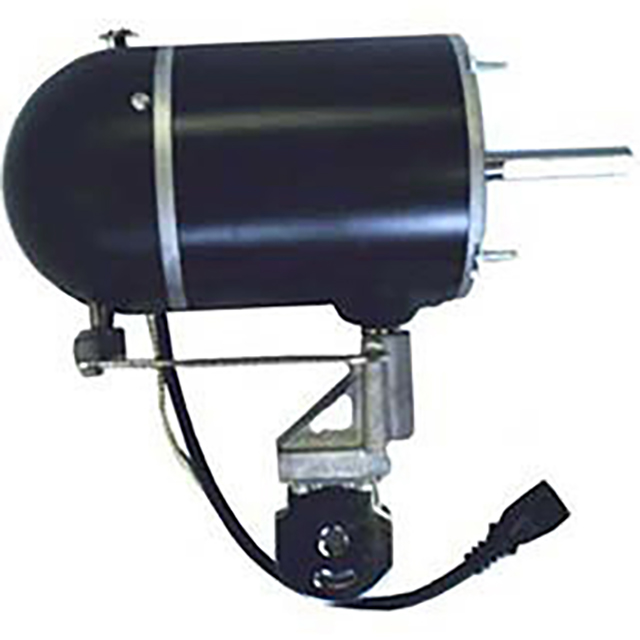

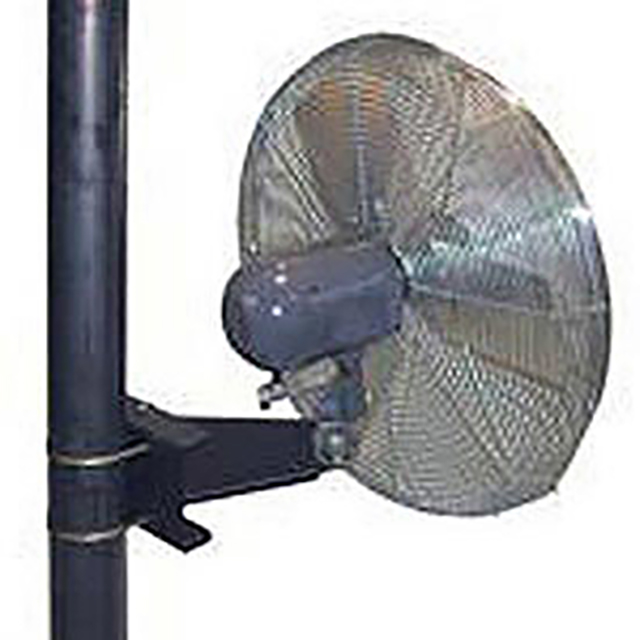



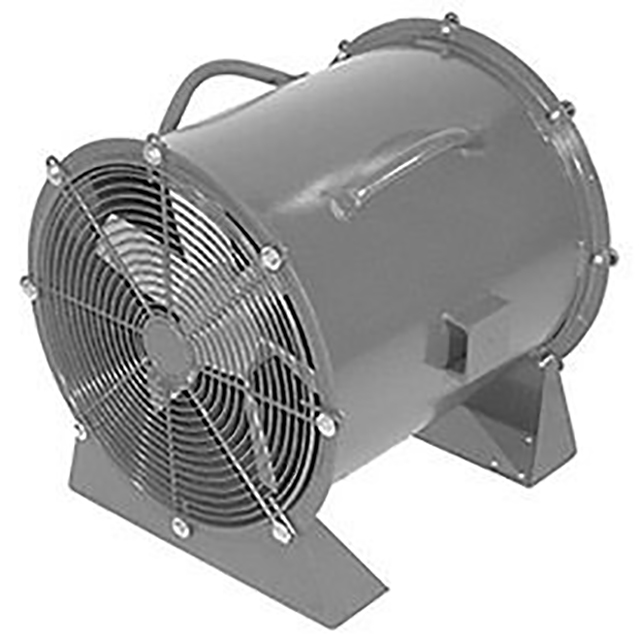


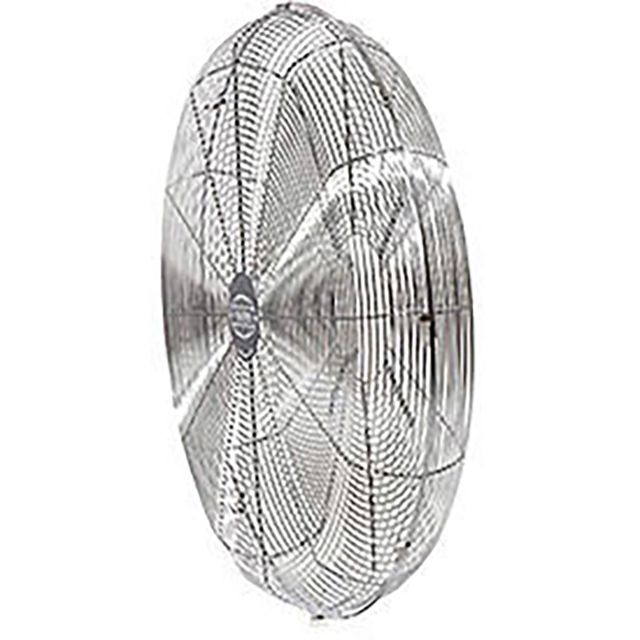


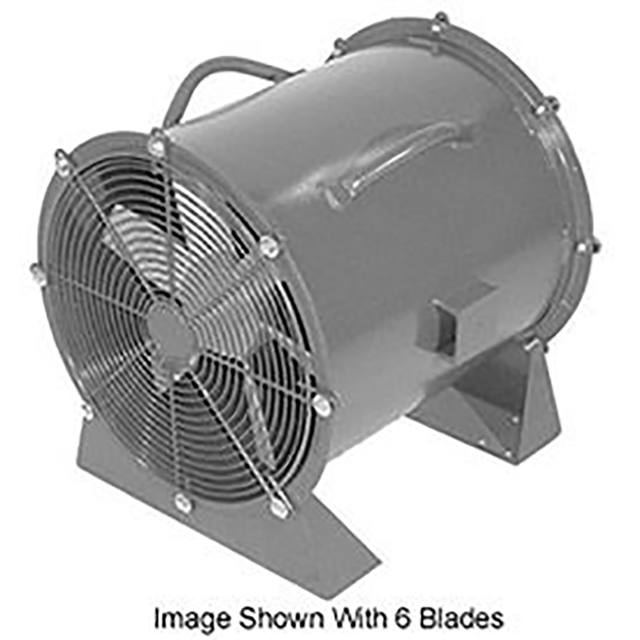














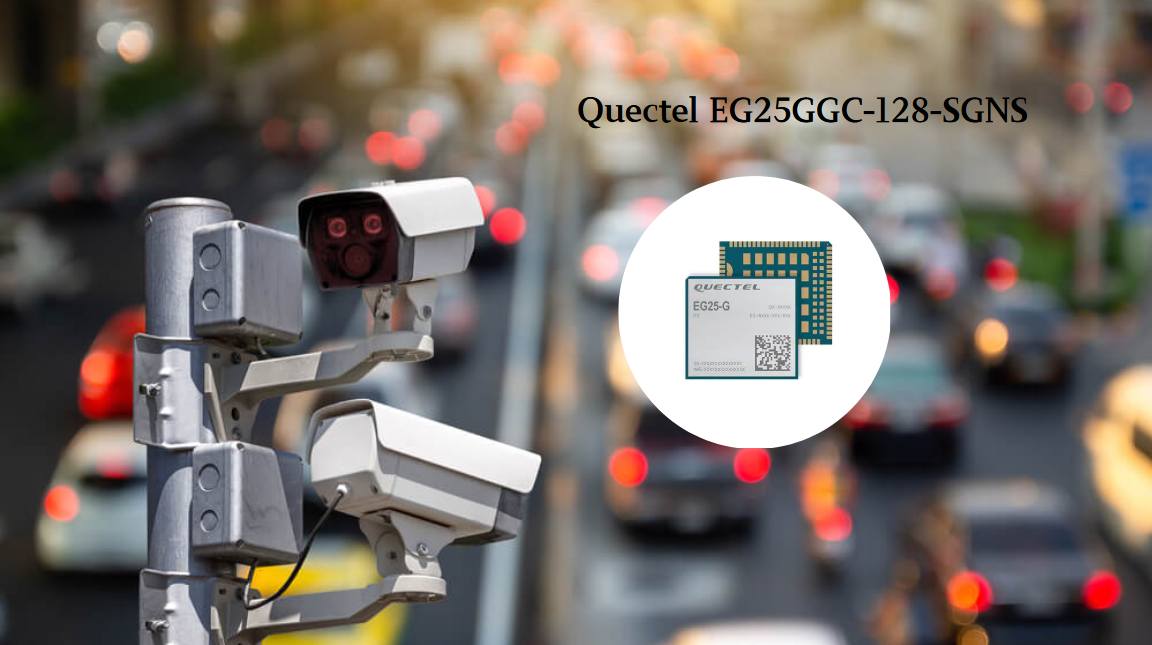
 Wishlist (0 Items)
Wishlist (0 Items)